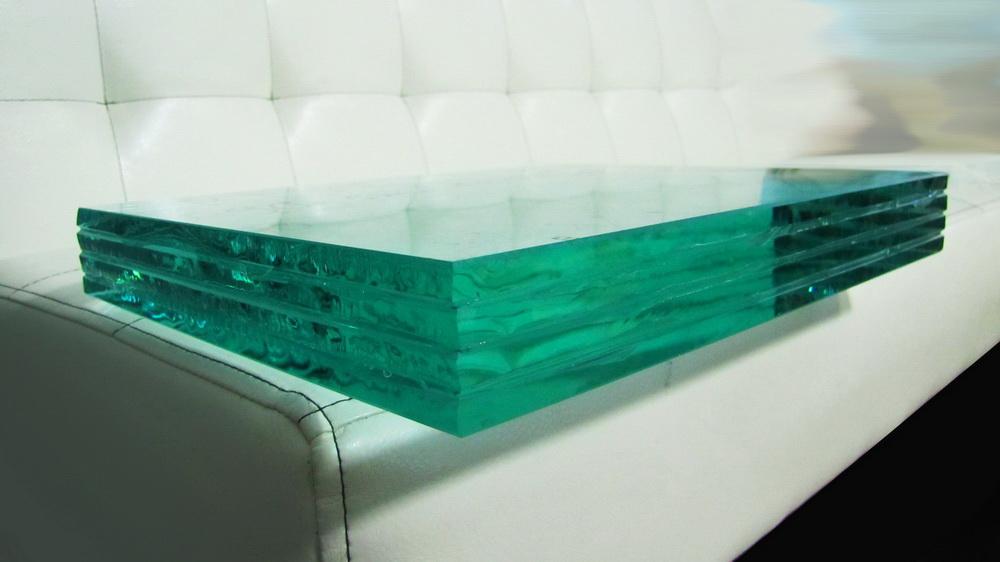Enhancing Energy Efficiency With Laminated Glass Windows

Laminated Glass windows have emerged as a promising solution for enhancing energy efficiency in buildings. These windows consist of two or more layers of glass bonded together with a layer of polyvinyl butyral (PVB) interlayer, creating a strong and durable composite material. This design not only offers improved safety and security by preventing shattering, but also provides significant energy-saving benefits. One of the key advantages of glass windows is their ability to reduce heat transfer. The PVB interlayer acts as a barrier to heat flow, effectively minimizing the amount of heat entering or escaping through the windows. This feature helps to maintain a more stable indoor temperature, reducing the need for excessive heating or cooling and resulting in energy savings.
Laminated Glass windows offer enhanced insulation properties. The multiple layers of glass and interlayer create an additional thermal barrier, reducing thermal conductivity and heat loss. This insulation effect can contribute to a more efficient building envelope, leading to lower energy consumption and reduced HVAC (Heating, Ventilation, and Air Conditioning) requirements. Another benefit of glass windows is their ability to block harmful ultraviolet (UV) radiation. The PVB interlayer in these windows filters out a significant portion of UV rays, which helps to protect interior furnishings, such as carpets, furniture, and artwork, from fading or damage caused by prolonged exposure to sunlight. By reducing the need for UV-blocking coatings or window treatments, glass windows offer a convenient and energy-efficient solution.
- Art
- Causes
- Crafts
- Dance
- Drinks
- Film
- Fitness
- Food
- Games
- Gardening
- Health
- Home
- Literature
- Music
- Networking
- Other
- Party
- Religion
- Shopping
- Sports
- Theater
- Wellness
- IT, Cloud, Software and Technology


